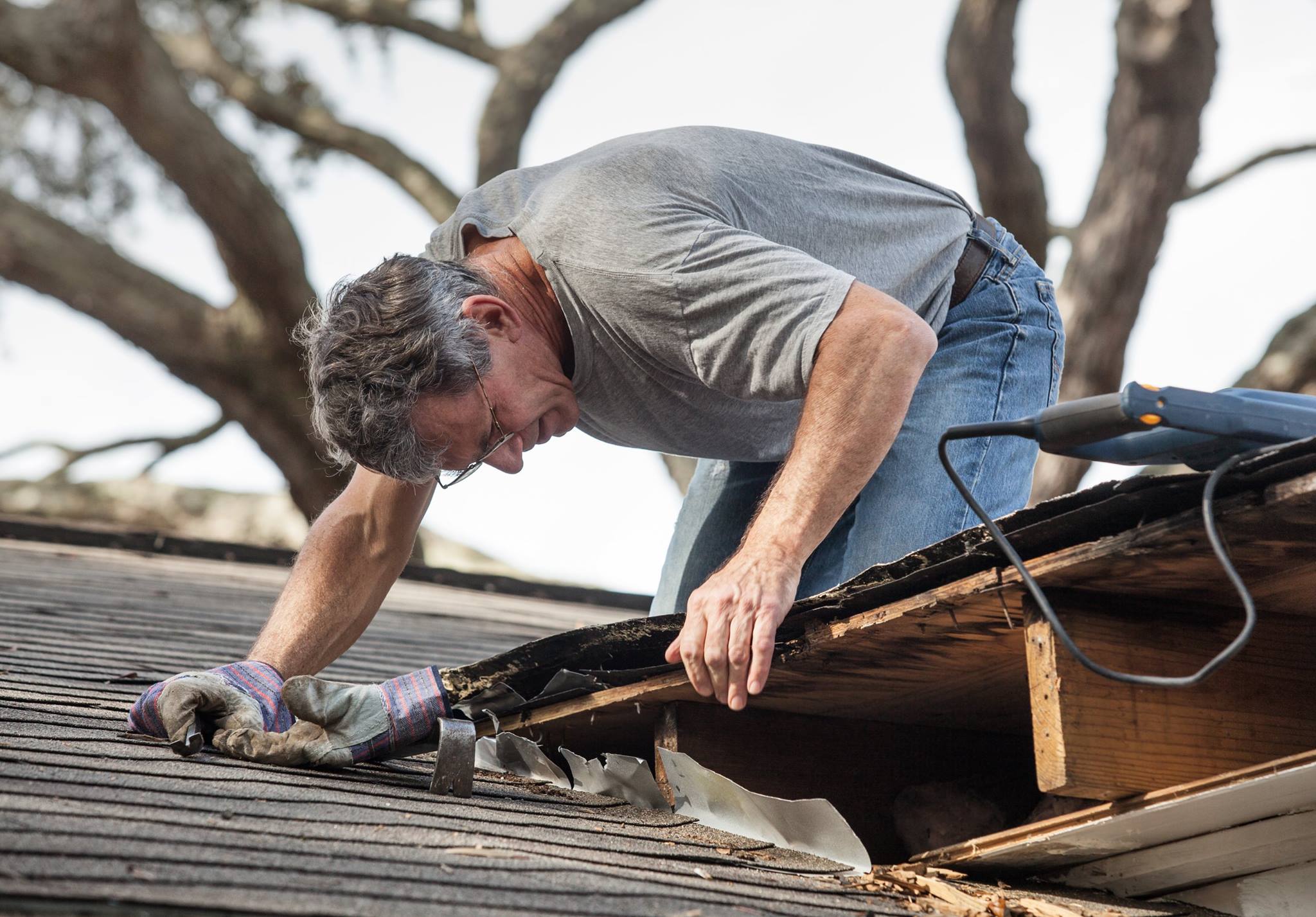The perfect lounge
https://imaginahome.com/wp-content/themes/osmosis/images/empty/thumbnail.jpg 150 150 Nisha Muire Nisha Muire https://secure.gravatar.com/avatar/09971b406125a2f92a37bf65b08fd3c3?s=96&d=mm&r=gWhen setting up a lounge in your Toronto home – whether a formal living room or a casual family room, the idea is to create a stylish space for relaxation where family and guests alike will feel welcome and at-ease. Regardless of the space you have to work with there are certain tips and tricks that will help you personalize your setting.
Colour
The right colour will influence the ambiance of your room and promote either a festive, refined, sophisticated or casual atmosphere. Your personal style and taste will dictate the color palate that you choose. When putting together your palate try to pull in everything that will be in your room including wall and window treatments, upholstery and any other textured element – and then match them to each other. Interior decorators work with a swatch board on which they attach all of their color and texture inspirations so that they can see whether what they envision works together in reality. Making your own swatch board is a great way to get professional results when planning everything yourself.
Texture
Colour is not the only important element in a room – texture is just as integral to a unified space. Whether you are looking at wall paper, rugs, upholstery, flooring or moldings – the proper texture will add weight, depth, character and style to your space. Be sure to match your texture to the overall vision for your lounge.
Furniture
Furniture is the backbone of your lounge – not just the actual pieces you choose, but also the placement of those pieces within your room. Depending on the size of your room, you might want to consider placing the furniture in the middle of the space leaving room behind for circulating. Ensuring that talking areas are not crossed is another element to keep in mind.
Bar
The addition of a wet bar in your lounge will definitely get the party going! However, wet bars are not as popular in formal living rooms or family room as they are in recreation areas or lower level lounges. However, that doesn’t mean that if you want a wet bar in your living or family room you can’t break the mold and go your own way. There are a number of ways to incorporate a wet bar into your lounge – from hidden compartments to the creation of an actual bar with stools and hanging glasses.
Lighting
As with everything else, lighting is a very important part of creating the perfect lounge. Indirect or mood lighting works best for entertaining although you will certainly want to have full overhead lights for those occasions when better lighting is needed. Two sets of lighting is therefore smart – overheads that are used only when needed, and mood lighting for every day.
The perfect lounge really will depend on what you consider important in such a space and what your comfort level dictates.

